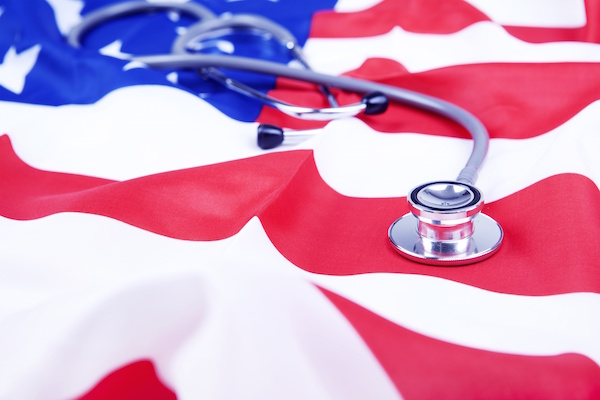
TUESDAY, Nov. 27 (HealthDay News) — New HIV infections in the United States are occurring at an alarmingly high rate among children and young adults aged 13 through 24, who now represent more than one in four new infections, a new study finds.
Also disturbing is the fact that the majority of these young people — 60 percent — don’t even know they’re infected, the result of inadequate testing rates, according to the report released Tuesday by the U.S. Centers for Disease Control and Prevention in advance of World AIDS Day on Dec. 1.
“The bottom line is that every month, 1,000 young people are becoming infected with HIV,” said CDC director Dr. Thomas Frieden at a Tuesday news conference. “Given everything we know about HIV prevention after more than 30 years of fighting this disease, it is just unacceptable that people are becoming infected at such high rates.”
Not only is HIV infection preventable, Frieden added, but new, effective drug treatment options are allowing people to live long, full lives.
Meanwhile, infections are stable or even declining among older people, he added.
Certain groups of young people are being hit the hardest, according to the report.
For example, in 2010, almost three-quarters of estimated new infections occurred among gay and bisexual young men. But only 20 percent of new infections resulted from heterosexual sex, said Dr. Kevin Fenton, director of the CDC’s National Center for HIV/AIDS, Viral Hepatitis, STD and Tuberculosis Prevention.
And more than half — 57 percent — of new infections occurred among young African Americans, most of them men.
Latinos and whites each accounted for only 20 percent of new HIV infections.
Why is the burden disproportionately focused on these groups?
Partly because the “background” level of HIV-positive people is higher, meaning that transmission can be easier. Also, socioeconomic factors as well as issues of stigma and lack of access to health care add to the problem, according to the report.
Young gay and bisexual men also report much higher levels of risky behavior, such as not using a condom or drinking or taking drugs before sex.
Testing is another issue. While 35 percent of 18 to 24 year olds have been tested for the AIDS-causing virus, only 13 percent of high school students and 22 percent of sexually active high school students have been tested, the report found.
Frieden emphasized that HIV prevention programs need to focus on several different areas, including making HIV testing routine in doctors’ offices and getting more people into treatment and making sure they stay on treatment.
In general, said Fenton, “young people are less likely to be tested, less likely to be linked to care, less likely to be maintained in care and less likely to be virally suppressed.”
“Viral loads” — or levels of virus activity in the blood — can be suppressed through adequate drug treatment, making it less likely that new people will become infected, Frieden said.
“These are unacceptable outcomes. This is the future generation,” he said.
More information
Visit the CDC to find a local HIV testing location.

